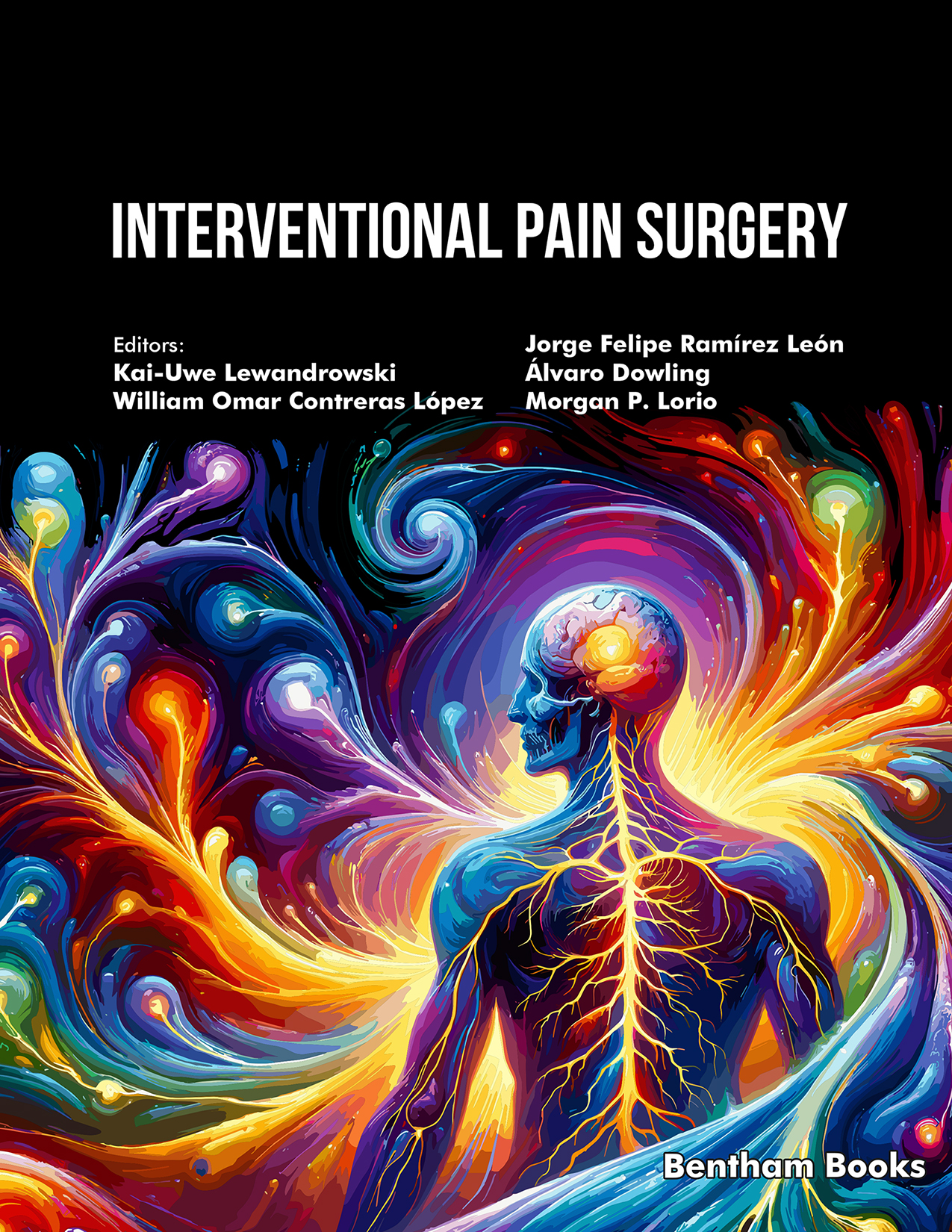Direct visualization of abnormal and painful neuroanatomy has become commonplace. The endoscopic surgery technology platform has reached a level of sophistication that makes accessing anatomical compartments in the human body possible in places that hitherto have never been attempted. The intrauterine neuroendoscopy of raphe defects and their concomitant repair is one example of many that are life-changing for patients and their families.
Two developments primarily facilitated the advances. First, pioneers of the field – some of them serve as editors of this textbook – have paved the way with their unconventional approach to surgical pain care by holding their own when criticized for breaking with the traditional protocols, many of which have their foundation in image-based medical necessity criteria rather than a personalized patient-focused approach for treating abnormal or painful pathology of the spine and neuroaxis. These entrepreneur innovator surgeons have mainstreamed endoscopic spine surgery by dedicating their careers to scientific research, education, and training, ultimately leading to the establishment of treatment guidelines, updates in postgraduate surgeon training programs, and the development of credentialing standards.
Second, the technology transfers from aerospace, consumer electronics, and automotive, including automatization, robotics, navigation, artificial intelligence, 3D-printing, regenerative medicine, and above all, systems integration via miniaturization, allows surgeons to rewrite the rule book on the standard of care of many neurological and painful degenerative conditions for which historically there was not much to do because risks from exposure-related collateral damage or medical comorbidities. The ability to safely navigate towards the surgical objective and directly visualize it in great detail on a high-definition video monitor with a well-illuminated and irrigated endoscopic surgery and to intervene simultaneously with custom endoscopic instruments has broadened the indications by making surgical treatments safer and less burdensome to patients. The neuroendoscopic interventions in the brain illustrated in this text are a remarkable example of this trend.
In Neuroendoscopy and Interventional Pain Medicine Vol. 3: Interventional Pain Surgery, the editors have developed a multi-authored and clinically focused medical monograph to give the reader the most up-to-date snapshot of the current state-of-the-art endoscopic clinical practice in neurosurgery and surgical and interventional pain management. The publication is intended for physicians involved in pain management and orthopedic & neurosurgeons interested in treating common painful conditions, including degenerative disc disease, herniated discs, stenosis, peripheral nerve entrapment, tumor, and infection, with minimally invasive endoscopic techniques. A wide array of highly timely and clinically relevant topics have been assembled for this purpose. They range from suitable pain generator-based protocols, patient selection algorithms for endoscopic decompressive and reconstructive procedures, cell- and non-cell-based regenerative strategies, illustrative clinical decision-making scenarios, their respective indications, and clinical outcomes.
The chapters were selected based on contemporary trends in endoscopic surgery applications in neuro- and spinal surgery and modern interventional pain surgeries and procedures. The editors recognize that this trend is based on the need for less costly yet safe and efficient solutions for common congenital and degenerative painful neural axis and spinal conditions. Patients and other stakeholders in the ongoing debate on better value-based health care, including healthcare policymakers and payors, are demanding of surgeons less burdensome and less risky treatments with shorter time to recovery, return to work, and social reintegration. Neuroendoscopy and Interventional Pain Medicine: Vol. 3: Interventional Pain Surgery was written with these goals in mind. The editors hope the readers will find it an informative knowledge resource they will continue to revert to when implementing the endoscopy platform in their practice setting.
Kai-Uwe Lewandrowski
Center for Advanced Spine Care of Southern Arizona and Surgical
Institute of Tucson
Tucson, AZ, USA
William Omar Contreras López
Clínica Foscal Internacional
Autopista Floridablanca - Girón, Km 7, Floridablanca
Santander, Colombia
Assistant Editors
Jorge Felipe Ramírez León
Fundación Universitaria Sanitas
Bogotá, D.C., Colombia
Álvaro Dowling
Orthopaedic Spine Surgeon, Director of Endoscopic Spine Clinic
Santiago, Chile
Hui-lin Yang
Professor & Chairman of Orthopedic Department
The First Affiliated Hospital of Soochow University
No. 899 Pinghai Road, Suzhou, China
Morgan P. Lorio
Advanced Orthopedics, 499 East Central Parkway
Altamonte Springs, FL 32701, USA
Xifeng Zhang
Department of Orthopedics, Wangjing Hospital
China Academy of Chinese Medical Sciences, Beijing, China
&
Anthony T. Yeung
Desert Institute for Spine Care
Phoenix, AZ, USA

